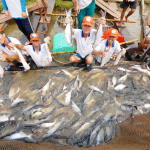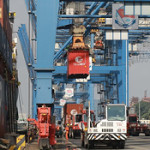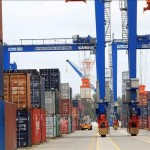Total number of posts 26.
| Title | Date |
|---|---|
| Infographic Social - Economic Situation 09/2021 | 01-10-2021 |
| Utilisation of Tariff Preferences under Viet Nam's FTAs in 2020 | 30-09-2021 |
| Iron and steel exports to EU saw a 620% surge in June 2021 | 29-09-2021 |
| ASEAN Statistics Data Portal | 29-09-2021 |
| The White Book on Vietnamese E-Business 2021 | 08-09-2021 |
| The White Book on Vietnamese Businesses 2021 | 07-09-2021 |







 According to data from the Ministry of Industry and Trade, the total export turnover taking advantage of tariff preferences under the FTAs in 2020 reached 52.76 billion USD, accounting for 33.1% of the total export turnover to the markets which signed FTAs with Vietnam. In 2020, nearly 1 million preferential C/O sets were issued (including under FTA and GSP), increased 6% in value and 9% in the number of C/O sets compared to 2019.
According to data from the Ministry of Industry and Trade, the total export turnover taking advantage of tariff preferences under the FTAs in 2020 reached 52.76 billion USD, accounting for 33.1% of the total export turnover to the markets which signed FTAs with Vietnam. In 2020, nearly 1 million preferential C/O sets were issued (including under FTA and GSP), increased 6% in value and 9% in the number of C/O sets compared to 2019.






